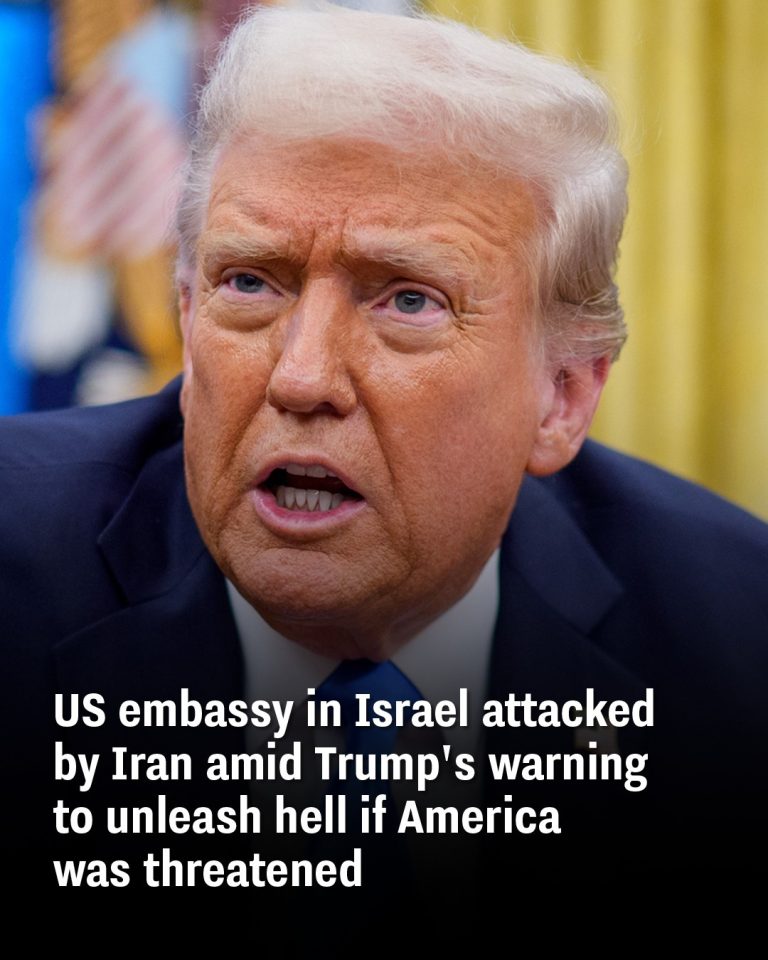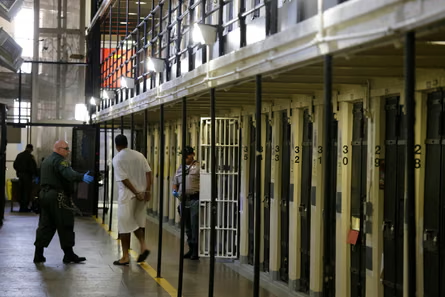Every citizen who would be safe from draft if US go to war follow WW3 warning from Russian general
The U.S. could reinstate the military draft if tensions with Iran escalate into a larger conflict, following President Trump’s recent airstrikes on Iranian nuclear facilities. In a Truth Social post, Trump warned of severe retaliation if Iran responds, raising concerns about potential military mobilization.
Currently, the Selective Service System requires all male U.S. citizens and immigrants aged 18-25 to register for possible conscription. Failure to comply can result in heavy fines up to $250,000. The draft historically prioritizes 20-year-olds before expanding to other age groups.
Not everyone would be called to serve. Exemptions include those deemed medically or mentally unfit, conscientious objectors, full-time students, and essential workers in critical industries like healthcare and infrastructure. Parents with dependents may also receive deferments.
Women are not currently required to register, though debates about including them have surfaced in recent years. However, experts suggest a modern war would prioritize specialized skills over traditional infantry roles.
Tech professionals—particularly in cybersecurity, AI, and engineering—could be recruited for defense-related positions rather than frontline combat. This reflects how warfare has evolved, with drones and digital warfare playing larger roles.
The last major draft occurred during the Vietnam War, when nearly 2 million Americans were conscripted. While no draft has been announced, rising global tensions have sparked discussions about who might be called upon if conflict expands.
As geopolitical instability grows, the possibility of conscription remains uncertain. For now, only registered men in the 18-25 age group are legally obligated, but broader mobilization could change the rules of engagement in a potential World War III scenario.





